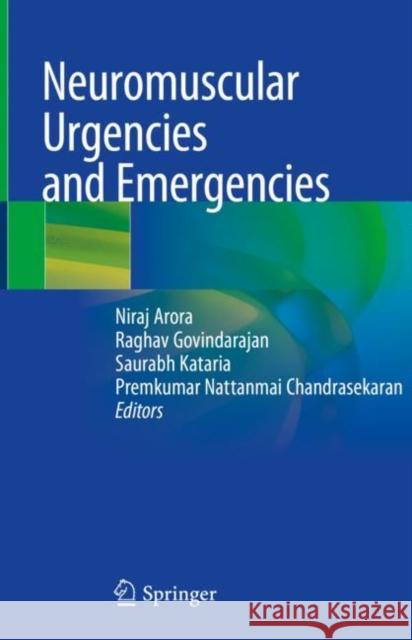Neuromuscular Urgencies and Emergencies » książka
topmenu
Neuromuscular Urgencies and Emergencies
ISBN-13: 9783030531447 / Angielski / Twarda / 2020 / 221 str.
Neuromuscular Urgencies and Emergencies
ISBN-13: 9783030531447 / Angielski / Twarda / 2020 / 221 str.
cena 564,88
(netto: 537,98 VAT: 5%)
Najniższa cena z 30 dni: 539,74
(netto: 537,98 VAT: 5%)
Najniższa cena z 30 dni: 539,74
Termin realizacji zamówienia:
ok. 22 dni roboczych
Dostawa w 2026 r.
ok. 22 dni roboczych
Dostawa w 2026 r.
Darmowa dostawa!
Kategorie BISAC:
Wydawca:
Springer
Język:
Angielski
ISBN-13:
9783030531447
Rok wydania:
2020
Wydanie:
2020
Ilość stron:
221
Waga:
0.45 kg
Wymiary:
23.88 x 16.36 x 1.45
Oprawa:
Twarda
Wolumenów:
01











